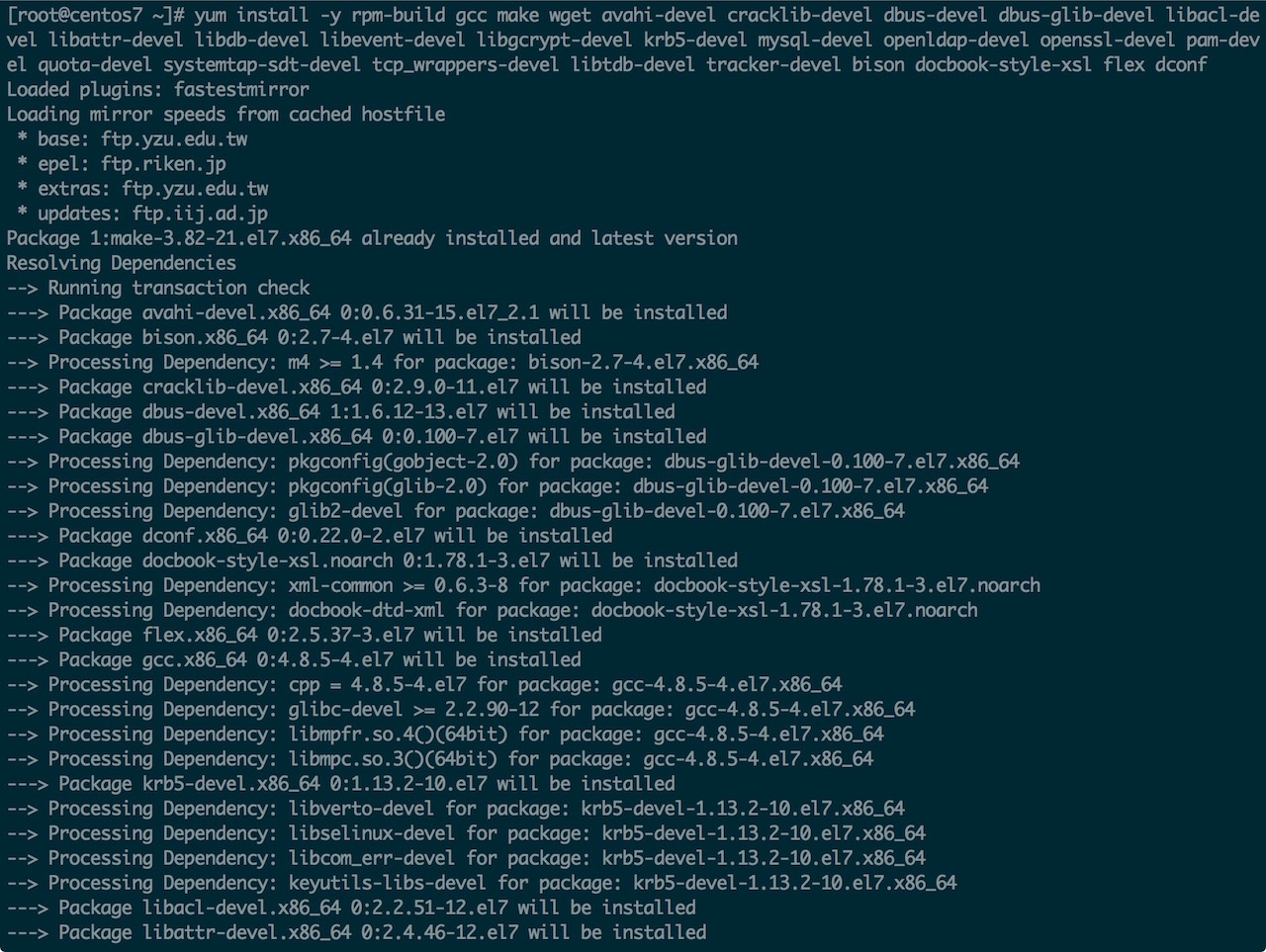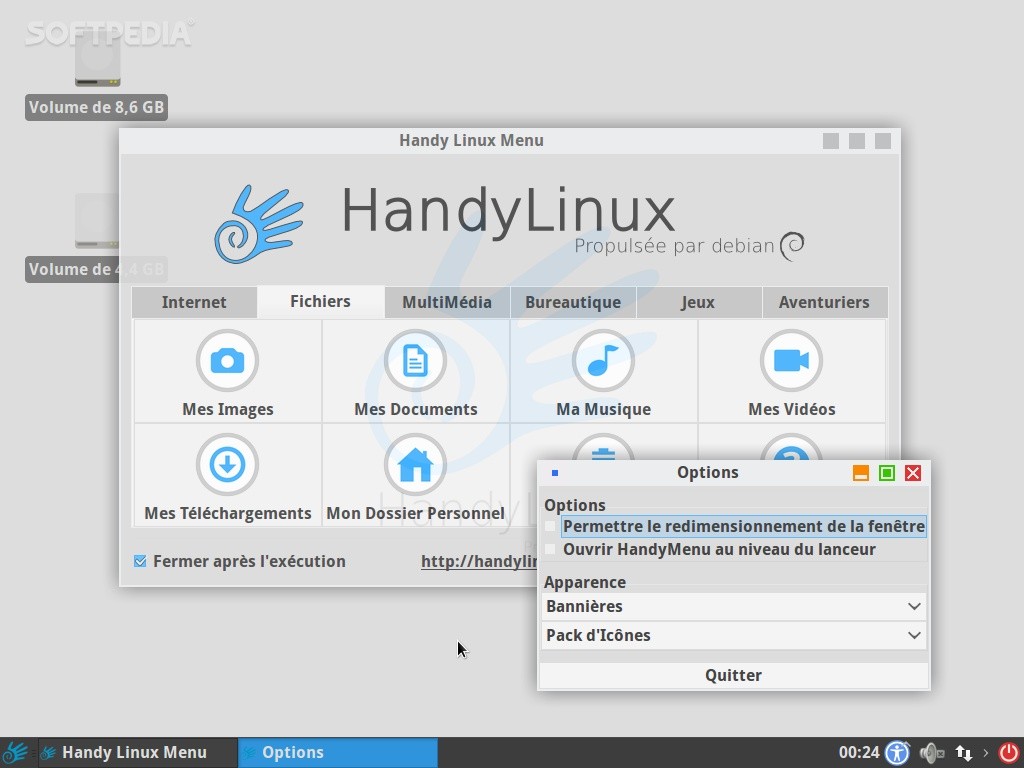
- #LIBACL.A NETATALK DOWNLOAD MAC OSX#
- #LIBACL.A NETATALK DOWNLOAD INSTALL#
- #LIBACL.A NETATALK DOWNLOAD PRO#
- #LIBACL.A NETATALK DOWNLOAD SOFTWARE#
It also installs a basic startup script under your /etc/init.d directory called, easy enough, “netatalk.”
#LIBACL.A NETATALK DOWNLOAD INSTALL#
Netatalk will install binaries for you under: /usr/local/sbin  and config under: /usr/local/etc/netatalk. Run the above command, while still in that source directory.  If you don’t see those listed, you are missing some libraries on your system.
#LIBACL.A NETATALK DOWNLOAD MAC OSX#
Notice the section on “UAMS” containing “DHX” and “DHX2”?  You must have those listed, or your Mac OSx Lion system wont work on it. LIBS = -lpthread -L$(top_srcdir)/libatalkĬFLAGS = -I$(top_srcdir)/include -D_U_="_attribute_((unused))" -g -O2 -I$(top_srcdir)/sys Then, if that ran successfully, you should end up with some summary information as follows:  (may not be exact) Using libraries: configure -enable-debian -with-acls -enable-ddp  -enable-zeroconf  For example, mine was in this folder:Īssuming all the above packages installed successfully, let’s run. Now, “cd” to the directory where you un-tar’d the netatalk download code. Install the above items, then we can move on to the compile and install of afpd/Netatalk. Libssl-dev libacl1-dev libwrap0-dev libgcrypt11-dev libdb4.8 libdb4.8-dev Libavahi-compat-libdnssd1 libavahi-compat-libdnssd-dev \ I ran this apt-get command: apt-get install avahi-daemon mdns-scan \  We need Avahi for zeroconf and other libs for authentication purposes.
#LIBACL.A NETATALK DOWNLOAD SOFTWARE#
Get the supporting software packages for Avahi and other items. But before we configure and compile this… Â we need some supporting software. Â ĭownload and un-tar that code into a directory of your choice. Go get the latest Netatalk source code from Sourceforge. Anyway, to get your Mac talking to your Linux box, setup Netatalk like below. I used the script located on this post to generate my sparce bundle and copy it over to my server share. Â Once you get to the Sixth step below, you’ll need to create that sparce bundle and copy it to your share. Â The instructions below don’t cover the creation of your sparce file for the AFP share, which Time Machine uses. None of that has anything to do with getting an AFP share running, so, moving on. I don’t have to think about, “Well, should I plug in my USB drive and backup tonight?” Â It just runs all the time.Ĭ) I also have Crashplan running on that ZFS pool, to save all my local machines here as well.

(back when drives were cheap, this makes a powerful and inexpensive NAS) Â (oh and I am running this using the zfs-native package on Ubuntu Lucid! Love it!)ī) I love having the network-based Time Machine running, because it just runs whenever I am on my home network.

(located here: )  I had a hard time getting anything working otherwise, and that post mostly got things working for me.Ī) I am running a tiny ITX case with a 1.5TB ZFS mirror in it for data integrity.  Last note, I owe a HUGE THANK YOU to post I found on the basic’s of this configuration.  Note that, 1) I am using the source code for Netatalk, compiled and installed, not the Ubuntu or Debian package, and 2) I am assuming you are comfortable with installing software from source.  I will attach my working config files for your reference as well.
#LIBACL.A NETATALK DOWNLOAD PRO#
 Just a very quick how-to on what I did to get Time Machine on my Macbook Pro with OSX Lion 10.7 to save the backup data to my Linux server network share using AFP, rather than SMB (Windows Share), a Time Capsule, or and Apple Server. Novemin Backup / Linux / Mac / Networking / Ubuntu tagged AFP / Linux / Lion / Mac / Netatalk / Network Share / Networking / Time Machine / ubuntu by Greg


 0 kommentar(er)
0 kommentar(er)
